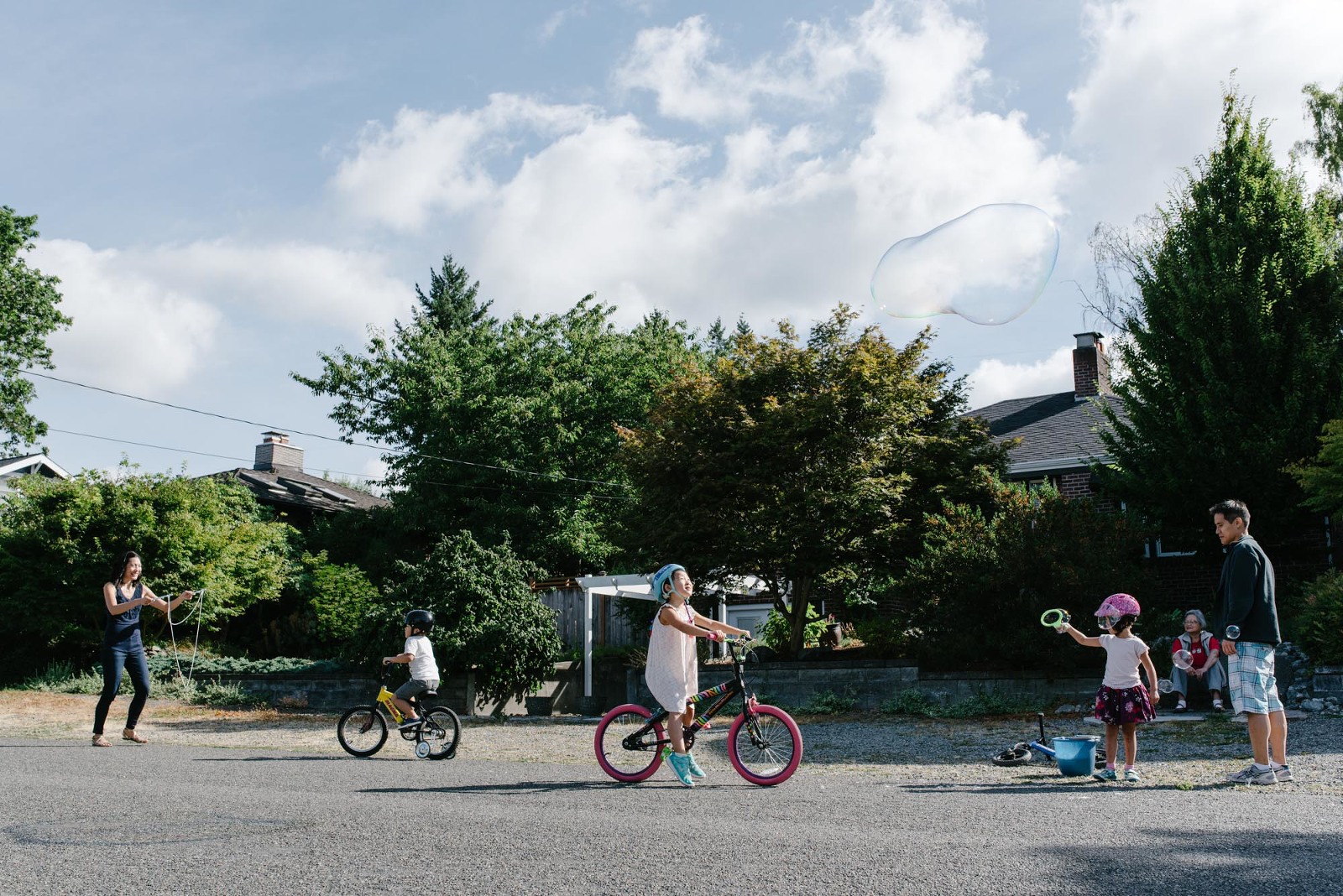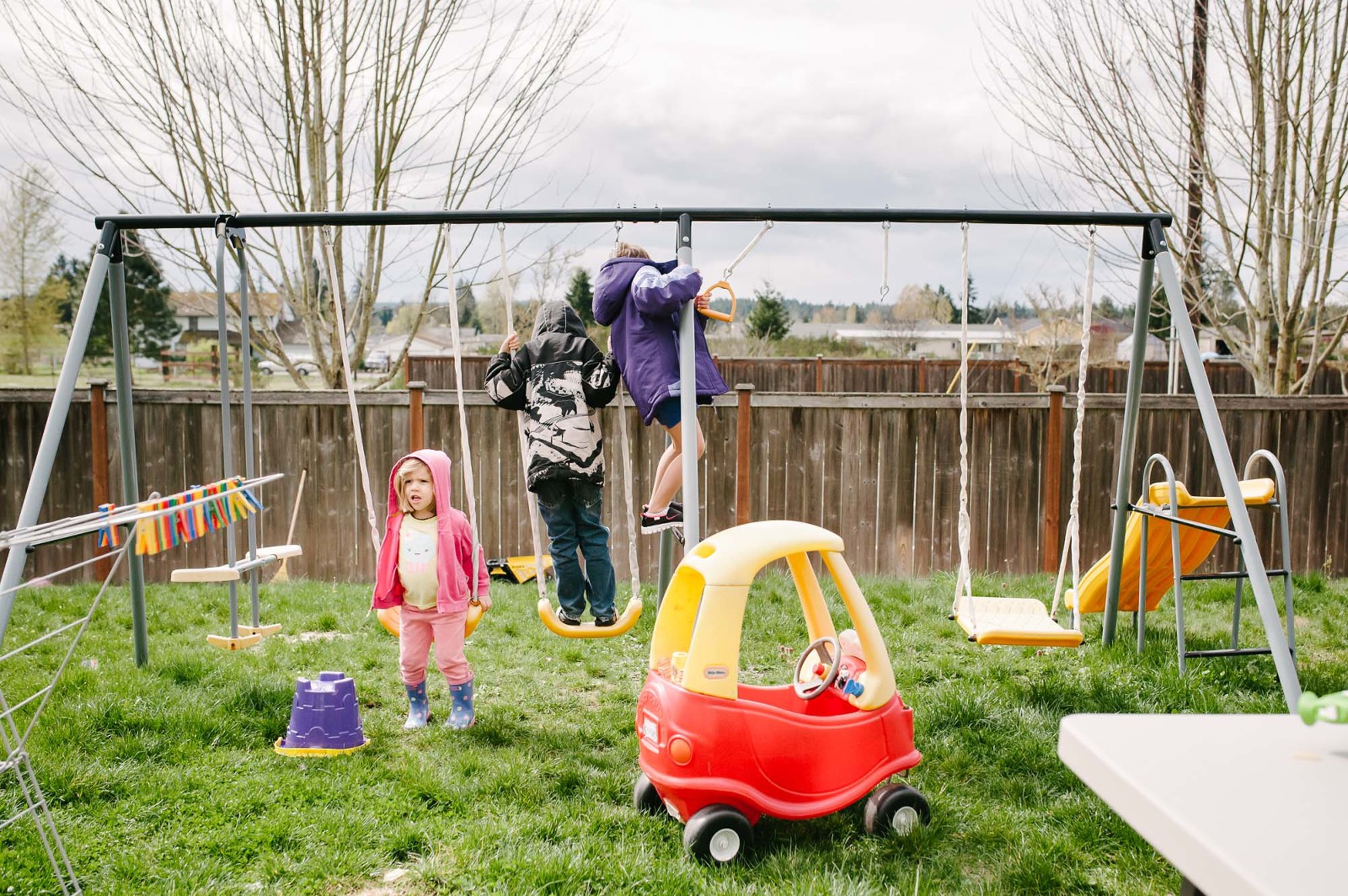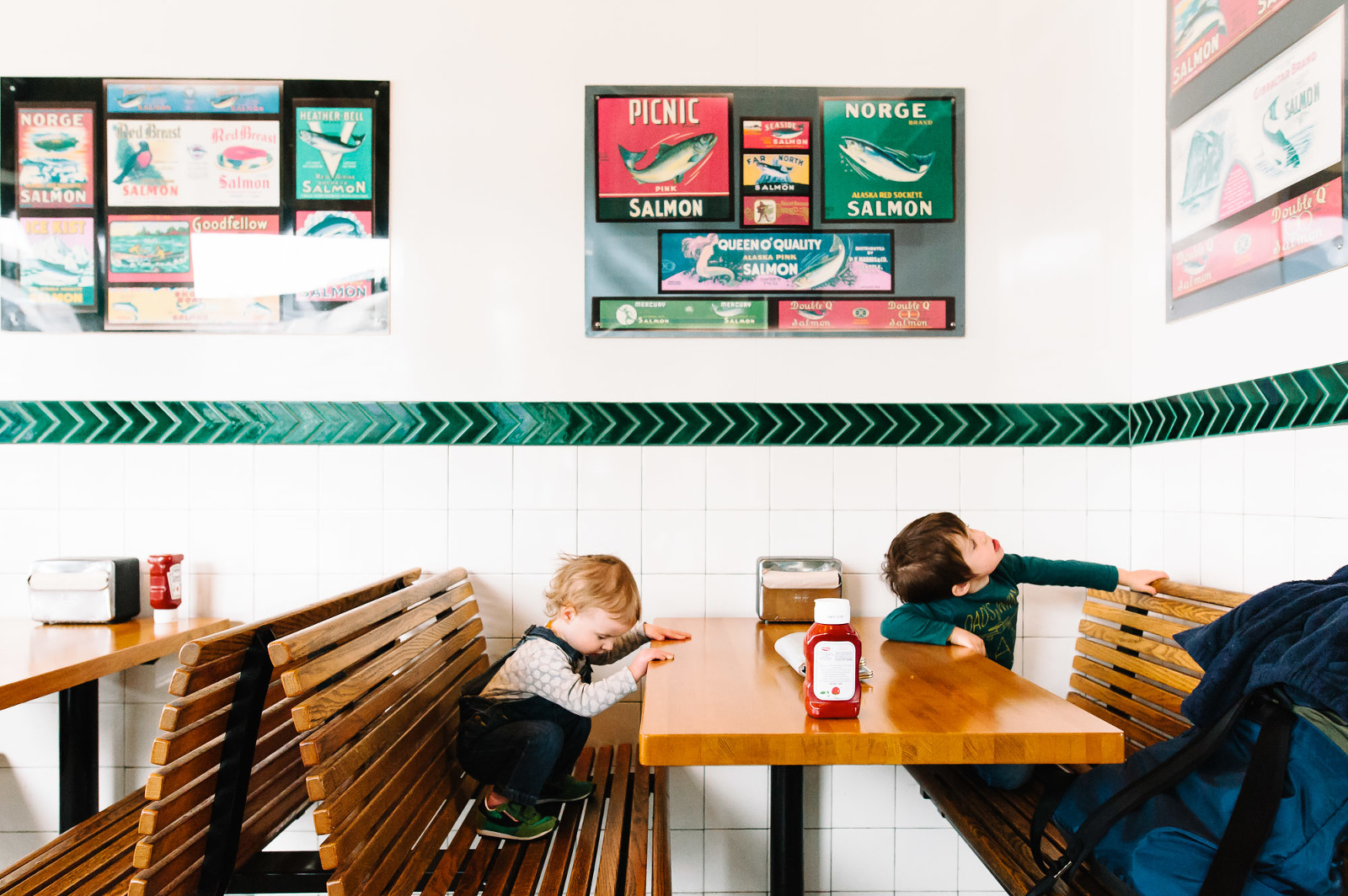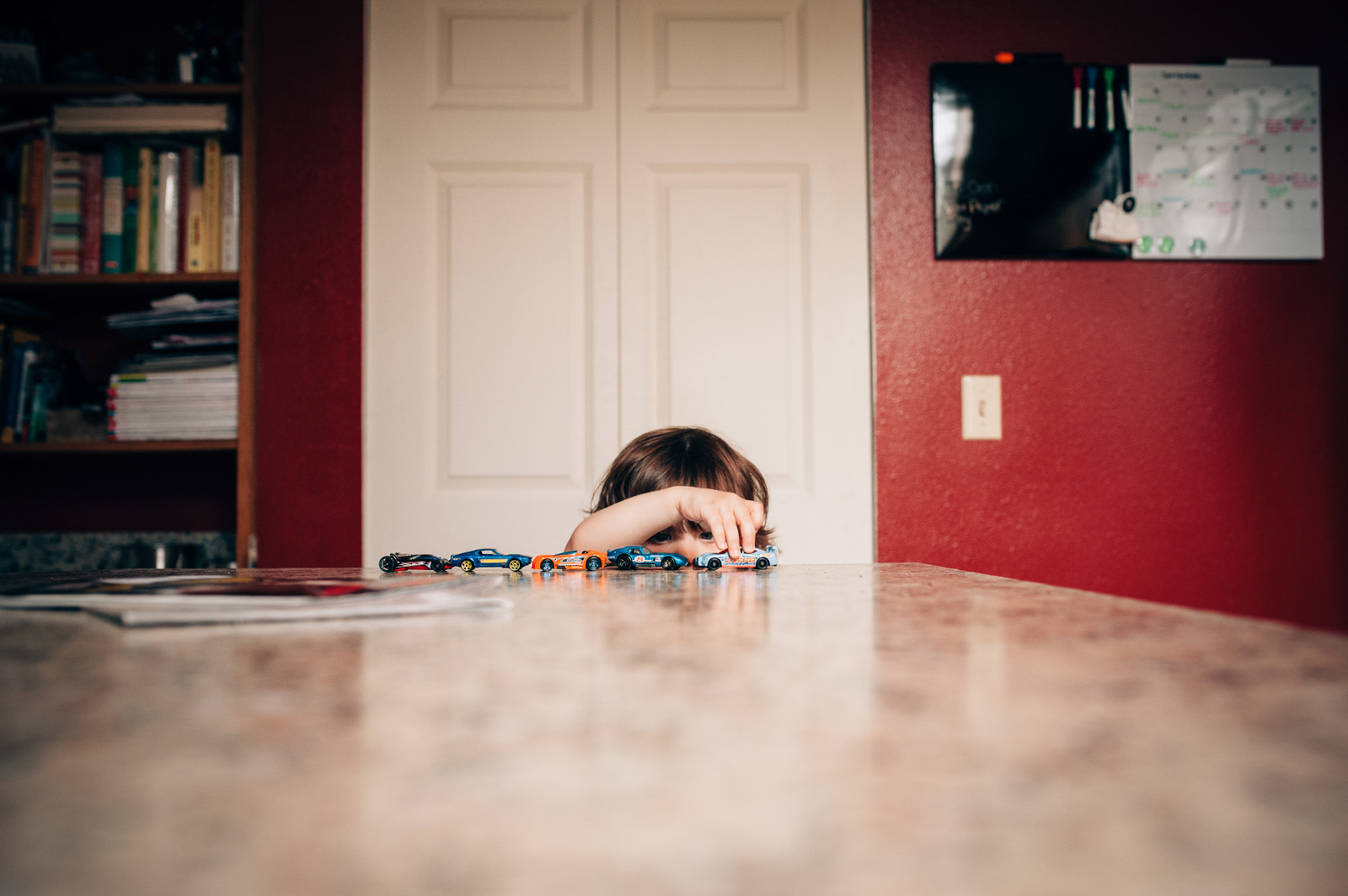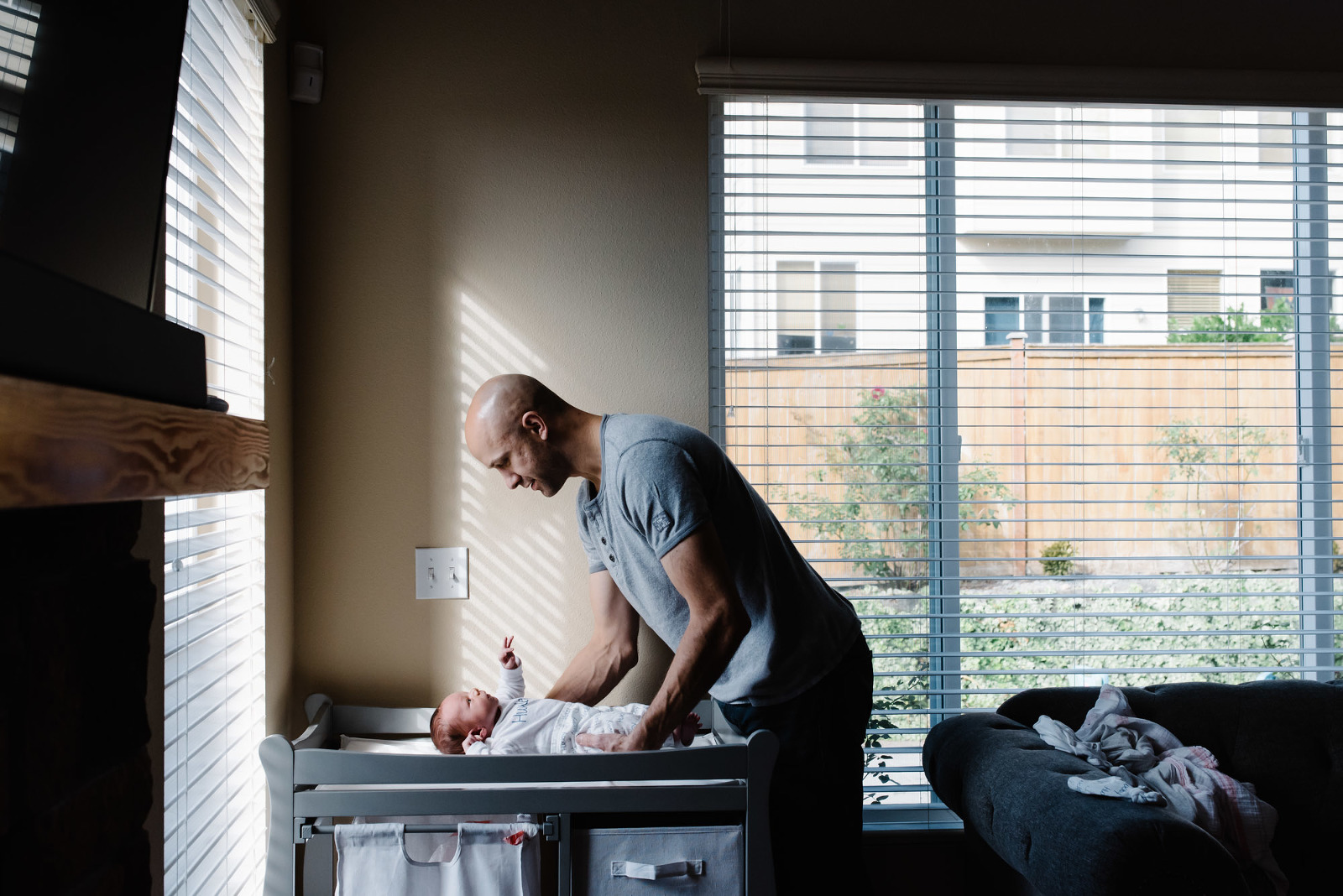I am a person that very much lives in the present moment, or at least that’s what I tell myself because “living in the moment” sounds so much better than the actuality of my day to day. It tend to move right from one thing to the next; data in, data out, data in, data out again. While I enjoy all of it and while I do feel like I take a moment here and there to simply pause and enjoy being, it all still tends to blur together. Let me tell you, if I were ever in a situation where I had to provide an alibi for my whereabouts 2 weeks ago, I’d be totally screwed. Truth is, I can barely remember what happened yesterday. But I think that comes part and parcel with being a stay at home mom to a young child. Everyday single day is a variation on a theme; snuggles, errands, tantrums, preschool, hours with laptop, doing the dishes, ignoring the dishes, feeding the dog, wash, rinse and repeat. All the while things change under our nose without warning. One day we start watching different tv shows, bedtime rituals evolve, and our kids become more capable and independent.
One way I have found that I can help preserve all of this and prevent it from blending in to the general haze of too much coffee (or not enough coffee), sleep depravation, and endless to do lists is by shooting personal Day in the Life stories. I’ve now shot one a month for over a year and it’s such a joy to look back on them now. I can only imagine how happy I will be to have them years from now. Already so much has changed between this month and this month a year ago!
So here are a few tips I have found that help me along in the process:
1. Plan the night before. – Sure, you will want to make sure your battery is charged and your memory card isn’t anywhere near full, but what I really mean is you want to plan your day. If you have a grasp on your order of operations for running errands and doing household tasks it’s a lot easier to incorporate you camera into the process. If you want to go as far as creating a loose mental shot list of how you will portray simple events like breakfast that is also incredibly helpful. However, don’t get hung up on sticking with a plan as life is full of the unexpected and you want to be prepared for that too.
.jpg) 2. Go Small – If you have a mirrorless camera or a smaller DSLR that takes images you are happy with, use it. Heck, if you feel like you could use your cell phone camera and still be happy with the result, use that! Your camera will be at your side all day. 5 lbs of DSLR and lens can get cumbersome and cause you to loose motivation. Before I bought my Fuji x100t I was toting around my Nikon D700 for each shoot. I rocked it, but it was exhausting. Having a smaller camera to use for this project certainly makes shooting a day every month a more of a joy and less daunting.
2. Go Small – If you have a mirrorless camera or a smaller DSLR that takes images you are happy with, use it. Heck, if you feel like you could use your cell phone camera and still be happy with the result, use that! Your camera will be at your side all day. 5 lbs of DSLR and lens can get cumbersome and cause you to loose motivation. Before I bought my Fuji x100t I was toting around my Nikon D700 for each shoot. I rocked it, but it was exhausting. Having a smaller camera to use for this project certainly makes shooting a day every month a more of a joy and less daunting.
.jpg)
3. Choose a single lens; make it wide – If you are trying a personal Day in the Life for the first time, you might be tempted to try and involve multiple lenses because one lens might get boring or you might have a preference for one lens over another in certain situations. Trust me, shooting a Day in the Life is a marathon, not a sprint. Anything you can do to lighten your load both physically and mentally is an absolute win. And a wide lens will allow you to include more frames that include lots of context as well as making it easier to get a variety of frames and angles..jpg) 4. Remember you don’t need to shoot everything – It can be intimidating to shoot the whole day because life never takes a pause for you to eat or use the bathroom. Something is always happening and you simply can’t catch it all. That is a scientific impossibility, just accept that now. Instead, whenever you transition to a new activity take a moment or two to knock out a few frames to establish what is happening and then keep you camera nearby in case something wonderful and unexpected occurs. If you can break the day down into different little mini stories, which should be pretty easy if you’ve managed to plan your day (see tip 1), then picking the camera up and putting it back down as you transition to different things throughout your day becomes methodical and routine.
4. Remember you don’t need to shoot everything – It can be intimidating to shoot the whole day because life never takes a pause for you to eat or use the bathroom. Something is always happening and you simply can’t catch it all. That is a scientific impossibility, just accept that now. Instead, whenever you transition to a new activity take a moment or two to knock out a few frames to establish what is happening and then keep you camera nearby in case something wonderful and unexpected occurs. If you can break the day down into different little mini stories, which should be pretty easy if you’ve managed to plan your day (see tip 1), then picking the camera up and putting it back down as you transition to different things throughout your day becomes methodical and routine..jpg) 5. Put yourself in the mindset of an author and not a photographer. You may already be in the habit of shooting lifestyle and documentary images that include context, action, and story. But for a day in the life you want to make sure you take a moment to establish time, setting, important details, and transitional elements from one location to the next. Include a clock or an image of the sky to show time and weather. Include an image of a store exterior or signage to establish a location. And make sure snag photos in the car or of entries and exits to show movement from one place to the next.
5. Put yourself in the mindset of an author and not a photographer. You may already be in the habit of shooting lifestyle and documentary images that include context, action, and story. But for a day in the life you want to make sure you take a moment to establish time, setting, important details, and transitional elements from one location to the next. Include a clock or an image of the sky to show time and weather. Include an image of a store exterior or signage to establish a location. And make sure snag photos in the car or of entries and exits to show movement from one place to the next..jpg)
Shooting a personal Day in the Life takes some practice. But as I have continued to create them I find each one becomes a quicker and quicker task. Not only am I becoming more streamlined with regard to shooting and being selective over when and how to frame a shot, I am also finding that I am becoming more efficient at culling and curating all the images into one cohesive story.
